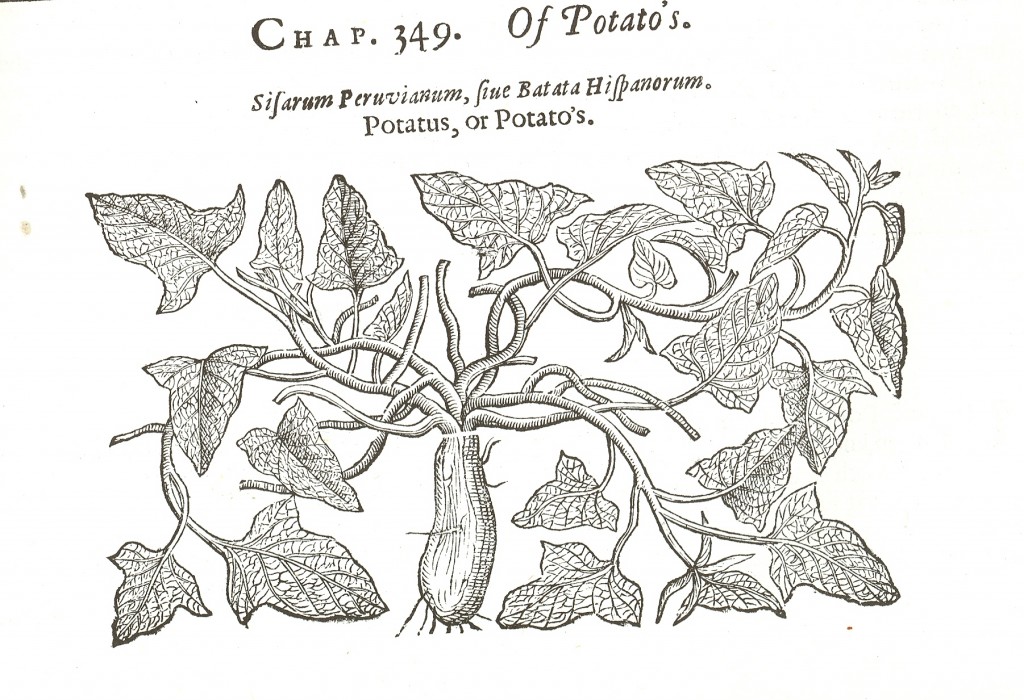The origin of sweet potatoes remains a mystery. Each region tends to claim ownership of this delicious crop. As per anthropologists, it is among the foods that survived the 5,000 miles journey across the Pacific Ocean.
This occurred years before the arrival of Colombus in the New World. The biological name of sweet potato is Ipomoea batatas. It is closely linked with Thanksgiving and a mainstay for people in Asia and the Pacific.
The analysis of these species revealed that they are connected to the Morning Glory. They are perennial plants that are grown annually. They have no resemblance to regular potatoes.
Sweet potatoes develop a culinary and non-toxic “storage root”. When properly cured, turns a portion of its starch to sugar, rendering it sweet.
It is one of the most nutrient-dense crops available. Orange flesh varieties are high in beta-carotene.
The diverse set of arguments concerning the origin of sweet potato
It is a story as complicated as sweet potato vines. The plant belongs to Central and South America’s tropical lowland forests. Some believe that the first edible sweet potatoes were grown in Peru.
Researchers have studied 1,245 sweet potato types from Asia and America. They discovered evidence that the crop traveled from the Andes to Polynesia.
Archaeologists found residues of sweet potato in Polynesia between 1000 and 1100 AD. They believe the prehistoric varieties originated on South America’s western coast.
Before Western exploration, the sweet potato was farmed throughout Polynesia. It was typically grown through vine cuttings instead of seeds. In the Cook Islands, sweet potato was radiocarbon-dated from 1210–1400 CE.
According to one theory, Polynesians who traveled to South America carried a vine cutting to central Polynesia. It then expanded throughout Polynesia to Easter Island, Hawaii, and New Zealand.
R.H. Price’s “Sweet Potato Current for Profit” provides two possible explanations. The first is that Columbus took it back to England from the New World and gave it to the Queen.
The second point to make is that sweet potatoes are mentioned in the “Chinese Encyclopedia of Agriculture.” This goes back to the 2nd or 3rd century and names specific kinds. It’s unclear whether the mystery will ever be solved.
On his property in Virginia, George Washington planted sweet potatoes. He invented over 100 different sweet potato concoctions. It also includes a corn syrup substitute. During World War I, people used flour made of sweet potato in baked items. Wheat flour was unavailable at that time.

Sweet potatoes were brought to the Philippines by ships during the Spanish colonial period (1521-1598). It was brought to China’s Fujian region in 1594 from Luzon in reaction to a major crop collapse. Governor (Jin Xuezeng) favored the cultivation of sweet potatoes.
The Portuguese also carried sweet potatoes to Okinawa, Japan, in the early 1600s. Sweet potatoes became a normality in Japan. When rice yields were low, they were used to deter hunger and famine.
Aoki Kony was active in spreading sweet potato growth in Japan. The Tokugawa bakufu circulated a Japanese version of his scientific critique on sweet potatoes. This was meant to foster sweet potato development more broadly.
It was initially brought to Korea in 1764. In 1766, Kang P’il-ri and Yi Kwang-ry started a sweet potato growing operation in Seoul. Kang died in the winter of 1767. As a result of his sudden death, the initiative failed after a year of success.
With the Columbian exchange, the sweet potato made its way to Europe. Colombus introduced sweet potatoes to European flavors and farms.
Different names of sweet potato
The sweet potato is frequently referred to be a yam, but it is not. Yams are tubers found in Africa and Asia, belonging to the genus Dioscorea .Even though the sweet potato and the normal potato are not associated, they share an origin.
Many varieties of sweet potatoes were discovered by travelers under a variety of local names. The local Taino name of batata remained intact. Some experts argue that the name should be shortened to one term “sweetpotato”.
This was done to emphasize the plant’s distinction from regular potatoes and yams. In American English, the name is still styled as individual terms.

Sweet potatoes are known as batata in Argentina, Colombia, Venezuela, Puerto Rico, Brazil, and the Dominican Republic. They are called camote in Mexico, Peru, Chile, Central America, and the Philippines. This comes from the Nahuatl term camotli.
The Quechua word for sweet potato is apichu in Peru and Bolivia. However, there are other variations, such as khumara, kumar and kumara.
In Australia, the orange cultivar ‘Beauregard’ accounts for over 90% of total output. In 1981, the Louisiana Agricultural Experiment Station introduced it.
Māori variants produced long tubers with white and pale flesh in New Zealand. The red ‘Owairaka’ variety is the most widespread. Other varieties e.g. orange, gold, purple are also planted.
Politigory provides in-depth reviews of science, history, humanities, religion, social sciences and arts











